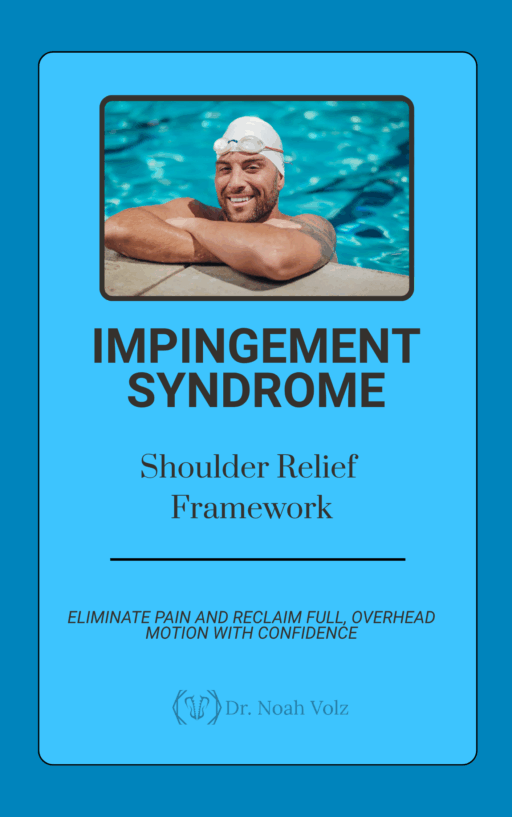Chiropractic, a domain of alternative medicine, focuses on diagnosis and treatment of mechanical disorders of the musculoskeletal system. Especially those of the spine, under the hypothesis that these disorders affect general health via the nervous system. When it comes to thoracic intersegmental joint dysfunction, chiropractic plays a significant role in diagnosis and treatment.
Defining Subluxation in Chiropractic Parlance
In the realm of chiropractic, the term “subluxation” often generates confusion as there is no universally accepted definition. However, it is generally characterized as a functional and structural complication causing neuromusculoskeletal irritation, capable of influencing organ system function and overall health. In this context, thoracic subluxation is defined as “spinal segmental joint dysfunction typified by altered joint alignment, motion, or physiological function in an intact spinal motion segment.”
Origins and Impacts of Intersegmental Joint Dysfunction (ISJD)
ISJD is primarily a product of mechanical dysfunction or reflexive conditions. Mechanical dysfunction stems from an exterior force acting on a segment, either due to a short-lived trauma or prolonged period of overuse. Reflexive dysfunction, on the other hand, can arise from persistent visceral nociceptive irritation leading to reflexive segmental muscular guarding, which alters joint mechanics. Psychological and emotional factors may also contribute to ISJD.
The synovial facet joints are primarily affected by ISJD. Hypomobility of these joints is thought to generate concurrent increased local nociceptive activity and diminished mechanoreceptive input. It may foster a self-perpetuating cycle of discomfort, the adverse effects of which are upheld by inflammation, muscular hypertonicity, and imbalance. Long-term joint dysfunction can lead to premature degenerative changes.
Prevalence and Clinical Presentation of Thoracic ISJD
While the specific incidence of thoracic intersegmental joint dysfunction is challenging to assess, it is estimated that thoracic region complaints comprise about 15% of all spinal issues. The one-year prevalence of thoracic spine pain is estimated at 17%, considerably lower than that of cervical and lumbar complaints.
Clinically, thoracic ISJD often presents as subacute, unilateral/midline back pain. It has the potential to disturb the biomechanics of associated areas of the spine, costovertebral joints, and shoulder, thereby leading to distant secondary complaints.
Evaluation of Thoracic ISJD
Evaluation of thoracic ISJD involves a detailed review of systems such as cardiac, pulmonary, gastrointestinal, and renal, as viscerosomatic referral is a frequent source of thoracic complaints. Furthermore, evaluation entails abdominal palpation, obtaining distal pulses, auscultation of the heart, lungs, abdominal aorta, and a kidney punch test.
Both gross and intersegmental motion deficits are the hallmarks of ISJD. Clinicians routinely utilize motion palpation to determine hypo or hypermobility. Patients will likely report pain to deep palpation, and active movements may replicate the patient’s chief complaint.
Treatment of Thoracic ISJD
The primary aim of the treatment should be restoring joint mobility, stretching hypertonic tissues, and correcting postural faults. Chiropractic manipulation has proven beneficial in treating thoracic spine complaints. Myofascial release and stretching may be needed to address the paraspinal, intercostal, and shoulder girdle musculature. Therapy modalities, such as ice, heat, ultrasound, or e-stim, may provide temporary relief.
The Role of Chiropractic in Thoracic ISJD Treatment
Chiropractic care, with its emphasis on manual therapy and spinal manipulation, is a viable option for managing thoracic ISJD. Chiropractors, like Dr. Noah Volz in Ashland, OR, have a deep understanding of the neuromusculoskeletal system and can provide personalized, holistic treatment plans to address thoracic ISJD.
Through a combination of spinal adjustments, therapeutic exercises, and lifestyle modifications, chiropractic care can help restore normal joint function, reduce inflammation, and alleviate discomfort associated with thoracic ISJD. Moreover, chiropractors aim to address the root cause of the issue, promoting long-term wellness and preventing recurrence.
Conclusion
Thoracic intersegmental joint dysfunction, while complex, can be effectively managed with the right approach. Chiropractic care, offering a drug-free, non-invasive treatment option, has shown promising results in addressing this condition. With its patient-centric, holistic approach, chiropractic care might just be the answer to a healthier, pain-free life for those dealing with thoracic ISJD.
Reference:
Leach RA. The chiropractic Theories: A textbook of scientific research. Lippincott Williams, and Wilkins 2004:8
Peterson DH, Bergmann TF. Chiropractic technique: principles and practice. 2nd ed. St. Louis: Mosby; 2002
Lewit K. Manipulative Therapy: Musculoskeletal Medicine. Churchill Livingstone / Eselvier, 2010
Andrew M Briggs, Anne J Smith, Leon M Straker and Peter Braggs Thoracic spine pain in the general population: Prevalence, incidence and associated factors in children, adolescents and adults. A systematic review BMC Musculoskeletal Disorders 2009, 10:77
Giles LGF, Muller R. Chronic Spinal Pain: A Randomized Clinical Trial Comparing Medication, Acupuncture, and Spinal Manipulation. Spine 2003 (Jul 15); 28 (14): 1490–1502
Gregory PL, Biswas AC, Batt ME. Musculoskeletal problems of the chest wall in athletes. Sports Med. 2002;32:235–250.
Scaringe JG, Ketner C. Manual methods for the treatment of rib dysfunctions and associated functional lesions. Topics in Clinical Chiropractic 1999;6 :20– 38.
Johnson KD, Kim KM, Yu BK, Saliba SA, Grindstaff TL. Reliability of thoracic spine rotation range-of-motion measurements in healthy adults. J Ath Train. 2012;47(1):52–60
George SZ, Bishop MD, Bialosky JE, Zeppieri G, Jr., Robinson ME. Immediate effects of spinal manipulation on thermal pain sensitivity: An experimental study. BMC Musculoskelet Disord. 2006;7:68.
Wood KB, Garvey TA, Gundry C, Heithoff KB, Magnetic resonance imaging of the thoracic spine. Evaluation of asymptomatic individuals, J Bone Joint Surg Am. 1995 Nov;77(11):1631-8.
-

Bicep Tendon Pain Solution
$50.00 -

Brain Detoxification & Recovery System
$50.00 -

Brain Energy and Endurance Support System
$50.00 -

Brain-Based Movement and Motor Control Training
$50.00 -

Centralized Low Back Pain
$50.00 -

Cervical Radiculopathy: Neck and Nerve Relief Pathway
$50.00 -

Complex Low Back Pain
$50.00 -

Complex Radiating Low Back Pain
$50.00 -

Cross-Pattern Low Back Pain
$50.00 -

Frozen Shoulder Mobility Reset Plan
$50.00 -

Impingement Syndrome: Shoulder Relief Framework
$50.00 -

Mastering Brain Senses: Rebuild Your Hearing, Vision, and Body Awareness
$50.00













